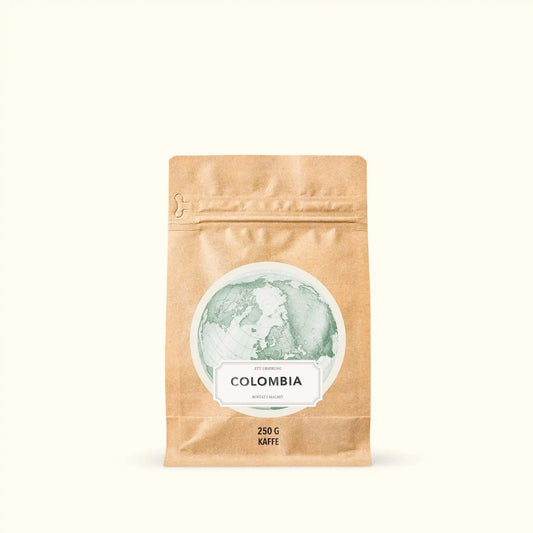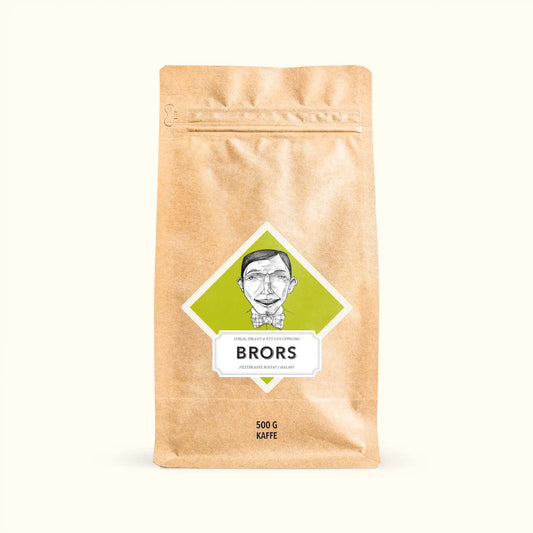Natural coffee
Natural coffee (also known as sun-dried or unwashed) is the oldest processing method, as it doesn't require access to water. As the name suggests, the harvested coffee cherries are left to dry on concrete slabs, drying tables, or mats, with the fruit flesh and skin still intact. The sweetness from the fruit then penetrates the bean, and a minor fermentation process begins. The time it takes for the harvest to dry varies depending on weather conditions, but after about 10 days, the beans are cleaned and polished using machinery.
The character of coffee brewed from natural beans is very flavourful and exciting. We often find flavours of orange, almond, and dried fruit on the cupping table. In addition to roasting it as filter coffee, we use some natural coffee in our espresso blends to bring out a greater mouthfeel and sweetness in the cup.
Some of the company have always liked natural coffee from Ethiopia, which has been in our range since we started in 2011.
There are some variations of natural coffee, such as honey processed and pulped natural. The difference lies in how much of the skin and fruit flesh is left on during the drying process, as well as the drying time.

Try somthing new?
-
Costa Rica Placeres del Llano Honey - 250g
Regular price 179 SEKRegular priceUnit price / per -
Colombia El Obraje Castillo - Pablo Guerrero 250g
Regular price 179 SEKRegular priceUnit price / per -

 Sold out
Sold outKenya Gatagua AA - 250 g
Regular price 189 SEKRegular priceUnit price / per -
Mäster's coffee - 500 g
Regular price 220 SEKRegular priceUnit price / per -
Brors's coffee - 500 g
Regular price 225 SEKRegular priceUnit price / per -
Vera's coffee - 500 g
Regular price 225 SEKRegular priceUnit price / per -
Bodi'ls coffee - 500 g
Regular price 220 SEKRegular priceUnit price / per












